A​​ll electric motors, you might well think, are endearingly simple, cylindrical, sausage-shaped and similar in weight and efficiency.
They have few moving parts and are much smaller than the combustion engines that they are busy replacing in the world’s cars. Official figures say they make great use of energy, too, producing efficiency figures heading towards 90%. That sounds great, given that the latest and best petrol and diesel engines are well south of 40%.
The truth is less simple. Most current EVs do indeed use sausage-shaped radial-flux motor technology, but in the past few years, a radically different, British-developed, dog-in-the-manger design called Yasa has emerged – an axial-flux electric motor in a disc-shaped layout that’s more efficient and much lighter.
Yasa (standing for yokeless and segmented armature) motor design has already started bringing huge reductions in size and weight to EVs, although not yet mainstream ones. But that’s coming.

In essence, a Yasa motor ditches about 25kg of iron in a Tesla-size sausage motor, replacing it with a much more compact mechanism framework weighing around 3kg. And as a result of its continual development in the hands of an inspired Oxford PhD student, Tim Woolmer, a dozen years ago, its efficiency keeps improving to the tune of 25% per year.
Woolmer says the Yasa principle was “a known technology” when he unearthed it for his PhD thesis in 2008 and built a 27bhp, 88lb ft prototype that weighed a then promising 20kg.
The project was enabled by the emergence of new materials, he says. His investigations showed that the principle would work and he found a way to cope with internally generated heat, which was previously an unclearable hurdle. It seemed promising enough for Woolmer to persist with research after his doctorate had been awarded.
In 2012, he pulled off a historic deal with Jaguar Land Rover and Williams Advanced Engineering to use his motors to power the highly promising Jaguar C-X75 hybrid supercar, which looked like a rival for the Ferrari LaFerrari and McLaren P1.
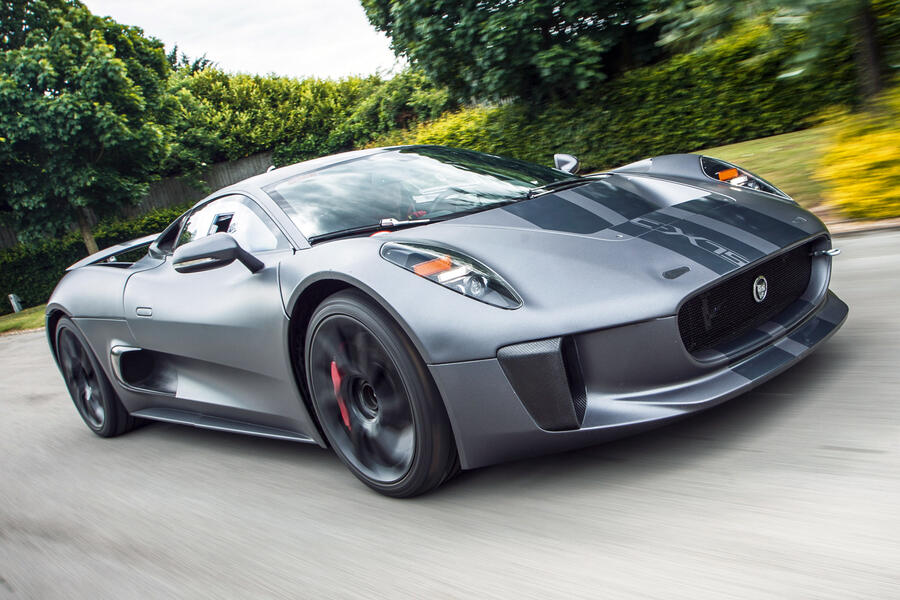
By that time, the proposed Yasa motor’s power had jumped to 214bhp and its torque trebled to 266lb ft, while its weight had increased by only a paltry 4kg.
The ultra-low-volume Koenigsegg Regera hybrid hypercar was first to use a Yasa motor in production, in 2015, but the technology made a far more important debut in 2020 as a key component of the fully homologated Ferrari SF90 Stradale plug-in hybrid hypercar.
That motor, designed in 2017 to fit between the ultra-low-mounted petrol engine and the transmission, weighs a remarkable 12kg while producing 207lb ft. Small wonder Ferrari engineers said at the time that only Yasa had the technology to meet their requirements.
Including Ferrari work, Yasa has “four or five” supercar programmes under way and produces several different versions of its axial-flux motors in a factory near Oxford with an annual capacity of 100,000.
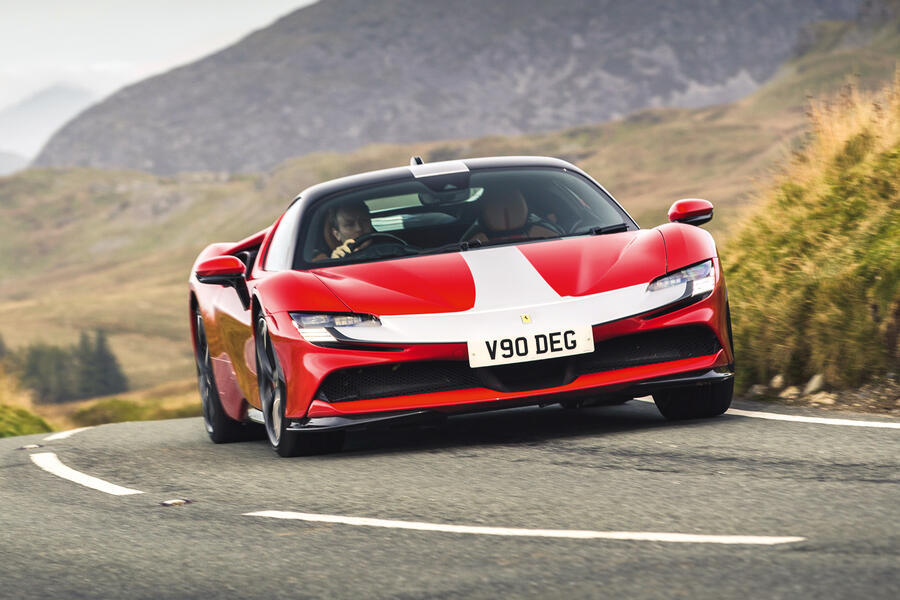
However, a massively more important future awaits the firm. In July last year, it was bought lock, stock and barrel by Mercedes-Benz, whose bosses were so sure its technology was a future game-changer that they were simply unwilling to see it shared by their rivals.
It announced that Yasa motors would power many of its future EVs, starting with the Mercedes-AMG EV range from 2025, and that its Berlin factory would be dedicated to building Yasa powertrains, with production in the millions.
Meanwhile, Yasa’s design progress is enormously fast. Woolmer says the company already has “a very nice portfolio of 130-odd patents’’ and if anything the number is accelerating.
To show how axial-flux outputs are progressing, even beyond Ferrari, Woolmer reveals that an AMG motor designed last year and scheduled for an EV of the future produces no less than 590lb ft of torque, 480bhp of power, has reached 98% efficiency, can generate a rotor speed g-force more than three times that of the SF90 Stradale’s unit – and yet still weighs only 24kg, just 20% more than that original pre-prototype.
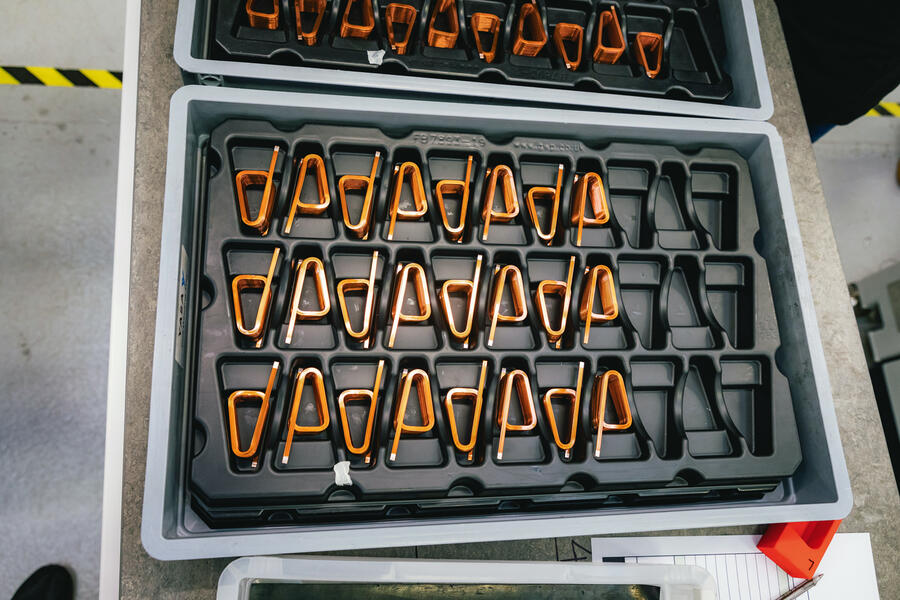
Despite the clear advantages of axial flux (“it has benefits you just can’t extract from a radial machine”), the rest of the car industry continues to spend billions on radial flux.
Part of their problem is that apart from partners with whom Mercedes is willing to share, they have no access to the axial-flux patents. But Woolmer also puts it down to herd mentality. “They follow each other,” he says. “It’s rare to see a big OEM go out on a limb.”
All this makes Mercedes’ swift acquisition of Yasa look very decisive indeed (Woolmer isn’t specific, but it’s clear that the enthusiasm comes directly from Mercedes boss Ola Källenius) – although the acquisition of world-beating British technology by a German owner does bring a stern reminder of the fate of the lithium ion battery, designed at Oxford University but productionised (and monetised) in Japan.
Woolmer understands the allusion but says Yasa had reached a crossroads in their development: “We had to think carefully. The choice was to stay independent and alone, as we were doing, which was a big risk and involved huge amounts of capital, or to go with Mercedes. We looked back to the principle we had used to form the company – there are no electric cars; let’s make some technology to make them visible and attractive – and decided to listen to what Mercedes were saying.
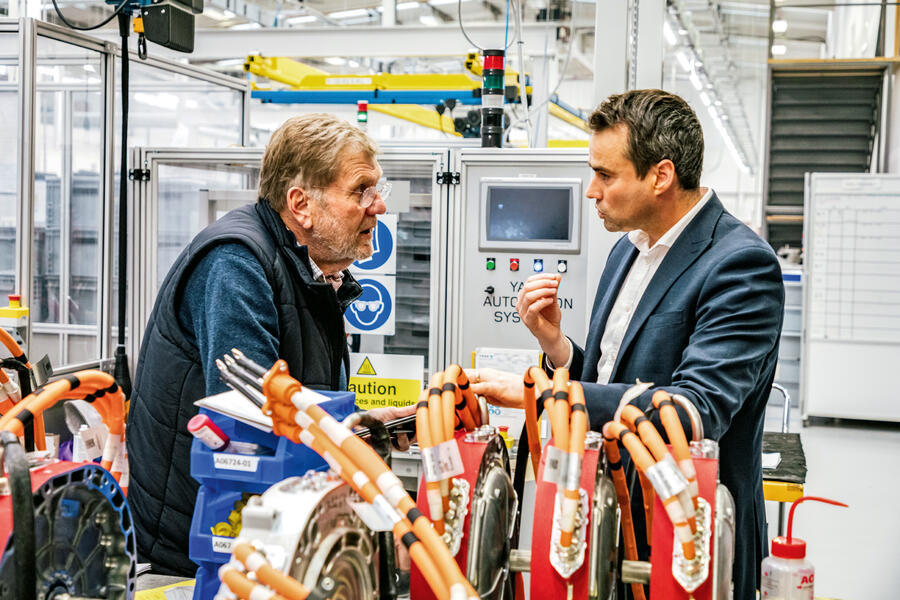
“They were compelling. They had just announced the decision to go all-electric from 2030. They told us they saw our technology as strategic. The AMG entry point seemed right for what we were trying to achieve. They had the industrial might and the desire to make our motors in millions. It was also very clear they would want to guard our status as a fast-moving R&D hub, a kind of speedboat to their supertanker.”
For the next couple of Yasa generations, believes Woolmer, the company’s technology will provide a strategic advantage for Mercedes and friends, but eventually (“perhaps by 2040”) it will spread wider. Ultimately, axial-flux technology should be commoditised, he says, but not yet.
As for Yasa’s awesome technical progress, Woolmer says that it has reached its fourth generation and can see the fifth on the horizon.
At all opportunities, he stresses the core benefits of axial-flux machines – “weight down, size down, cost down, efficiency up” – but believes that these things will only deliver their potential when future cars make best use of their advantages.
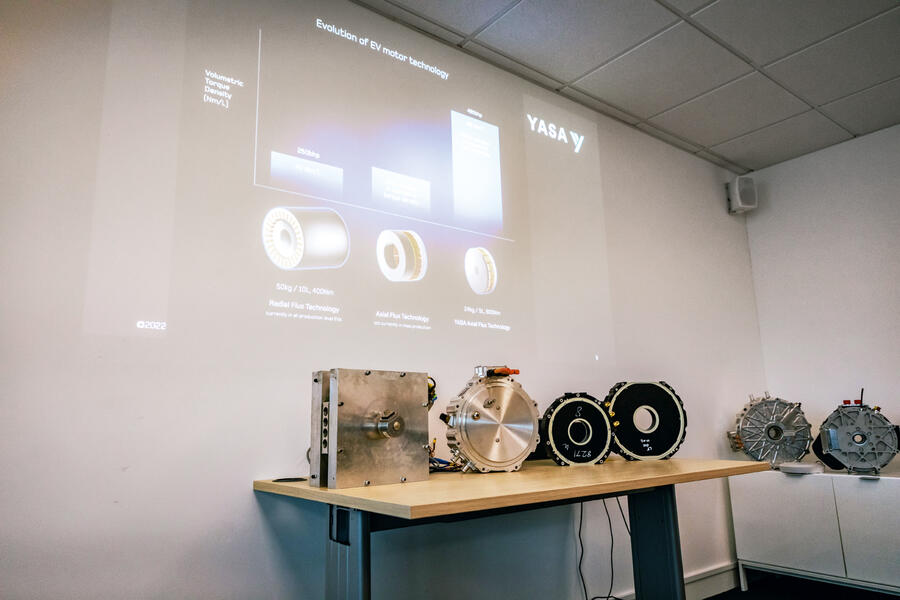
AMG EVs and later standard Mercedes models will utilise Yasa’s rapid progress in two stages, he explains. The first is illustrated in a “beautiful” new drive unit, already designed for an AMG, that incorporates a 1000bhp motor, inverter and epicyclic gearbox into a single torque-vectoring concentric unit on the rear axle. This unit’s likely effect on the freedom of vehicle packaging could be enormous.
Beyond that, says Woolmer, there’s a realistic promise of in-wheel motors, a live technology for which details remain super-secret. But it’s possible that Yasa’s sixth generation could create motors light enough, compact enough and powerful enough to be carried inside the wheel of a car, in unit with its hub.
“Imagine,” says Woolmer, with even more than his usual helping of passion, “a wheel with 400bhp to 500bhp and its conventional braking system there simply as a back-up.
“We all love things that are small and light, but it’s when they start changing the architecture of vehicles that they get really interesting…”
What follows ‘peak battery’?
Yasa chief Tim Woolmer believes improving EV efficiency – an important property of his company’s unique axial-flux electric motors – will ultimately drive car design and production in future years, once the current ‘peak battery’ era has passed.
“Look at the premium sector today,” he says. “Cars are heading towards having batteries above 100kWh to deliver ranges between 250 and 350 miles. That’s because customers need reassurance about making the change to EVs. As aerodynamics improve and weight comes down, we will see a maintenance of these long ranges for a while but maybe with slightly smaller batteries.”
Once charging infrastructure improves, Woolmer believes that ranges might well diminish further to allow a further reduction in battery size and cost to ensure the new generation of owners can actually afford the cars.
When range anxiety goes away and there’s no cheaper ICE option, manufacturers’ preoccupation will centre on cost to buy and thus cost to build. “That becomes a big efficiency problem,” says Woolmer.


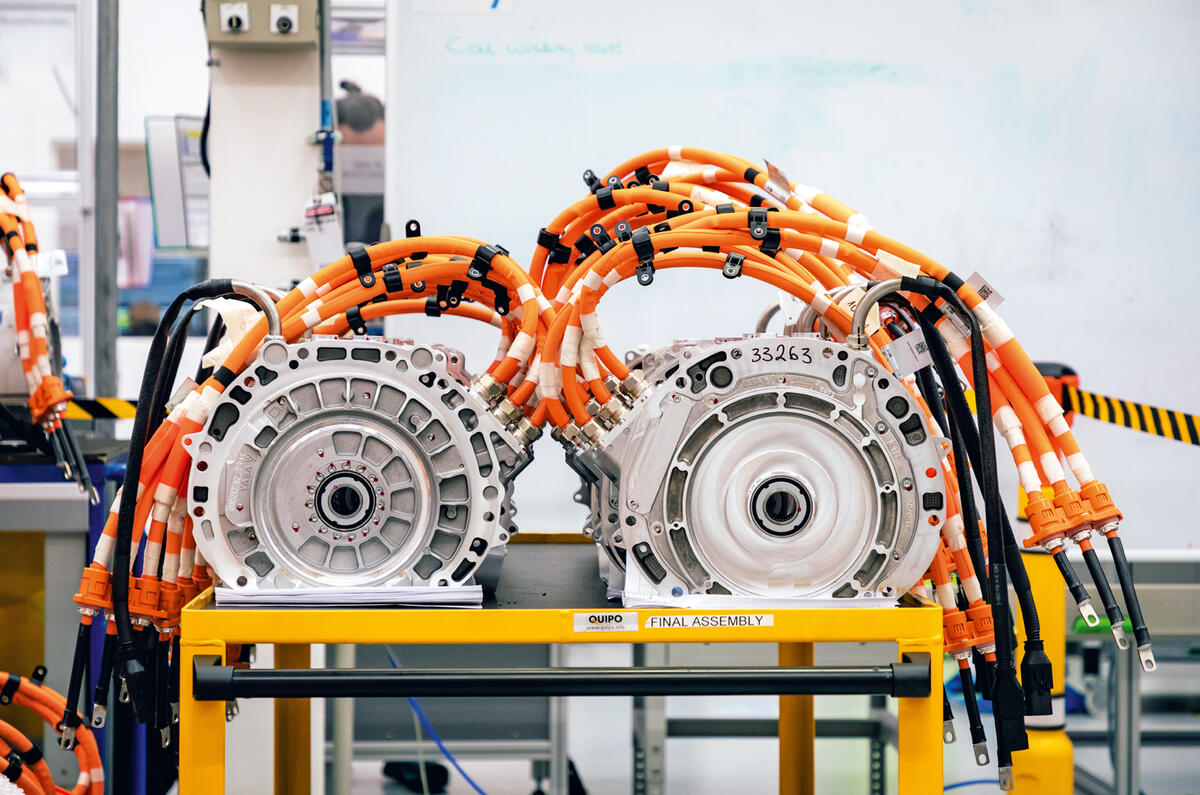
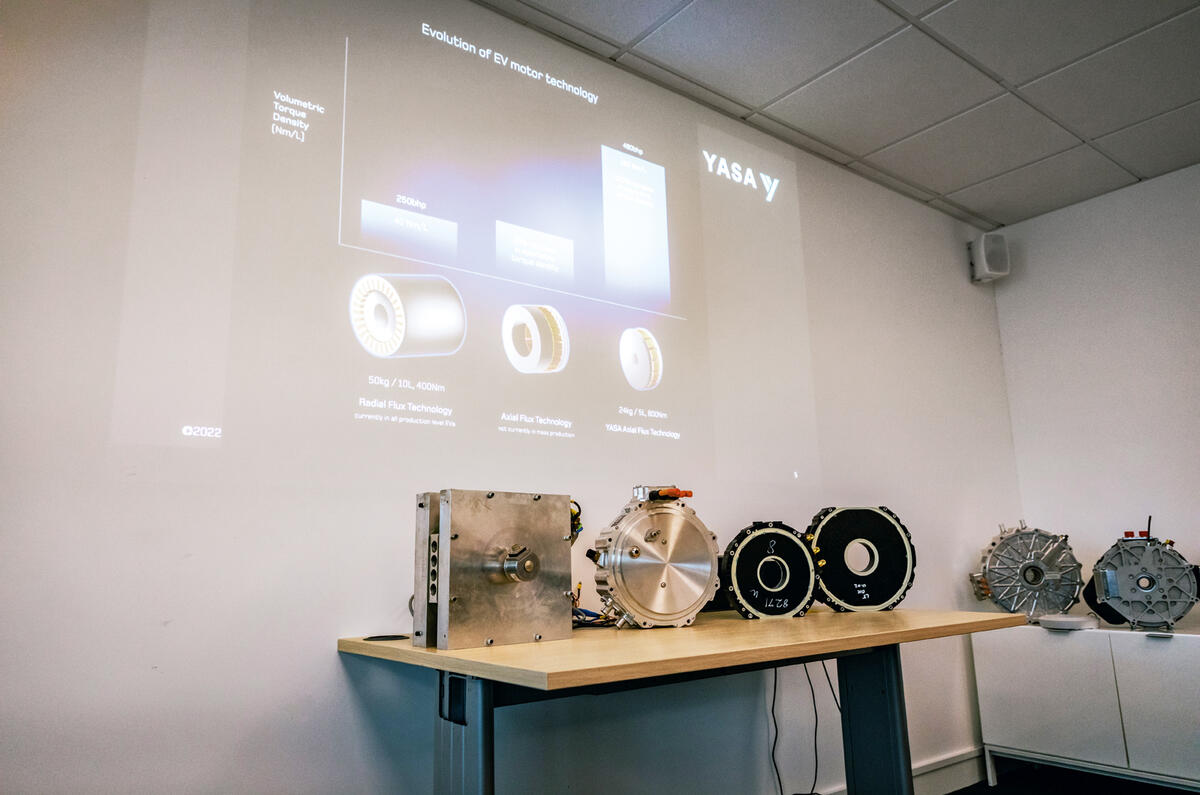
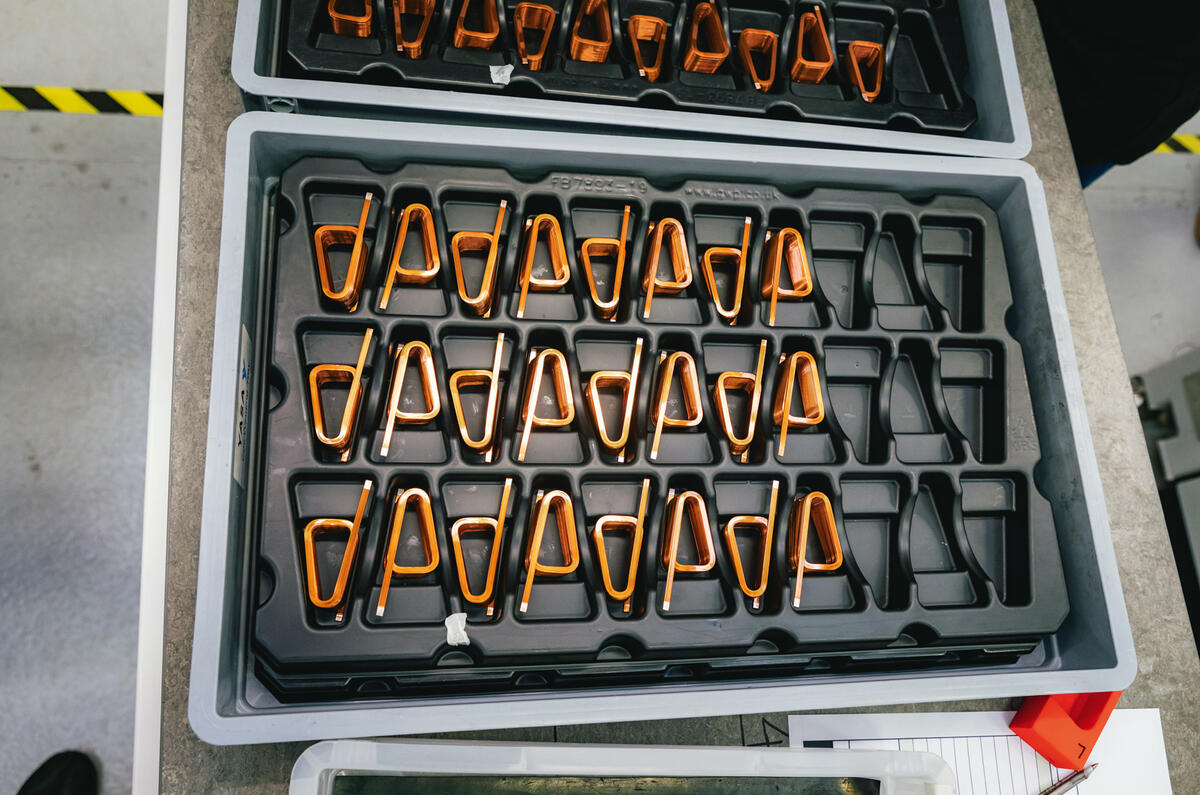
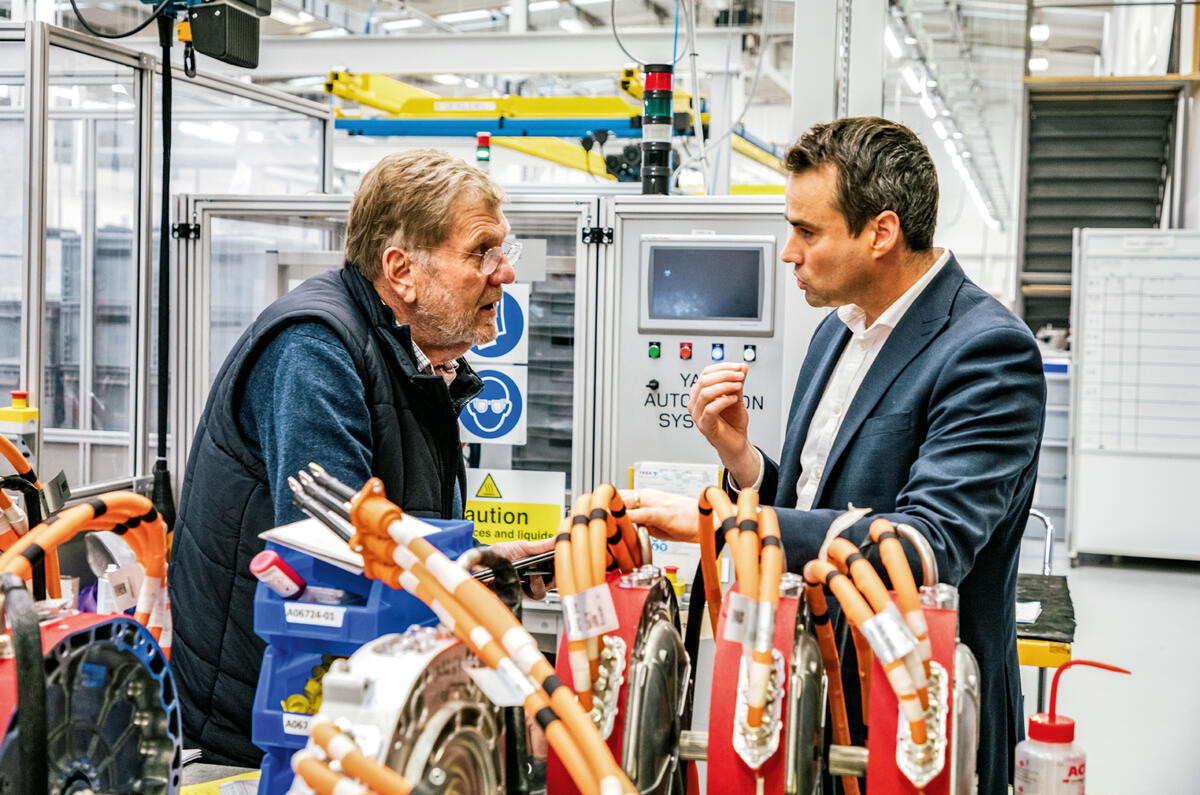

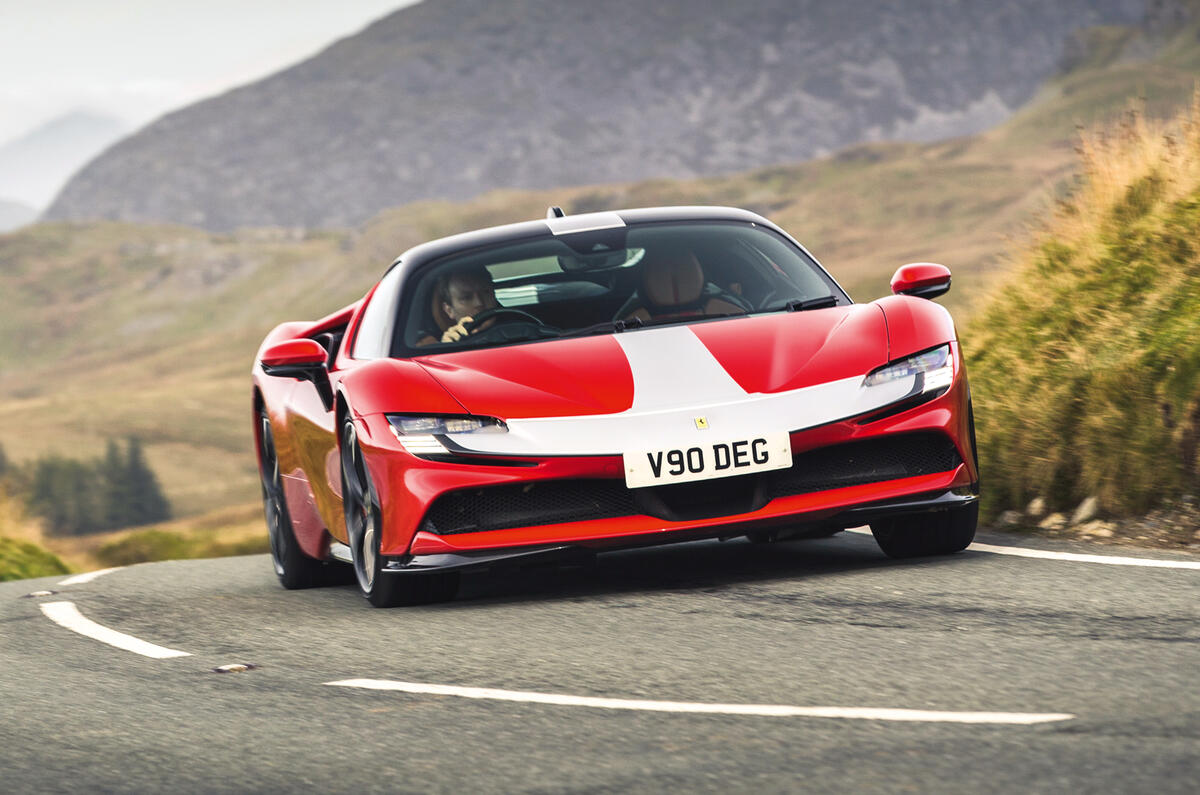
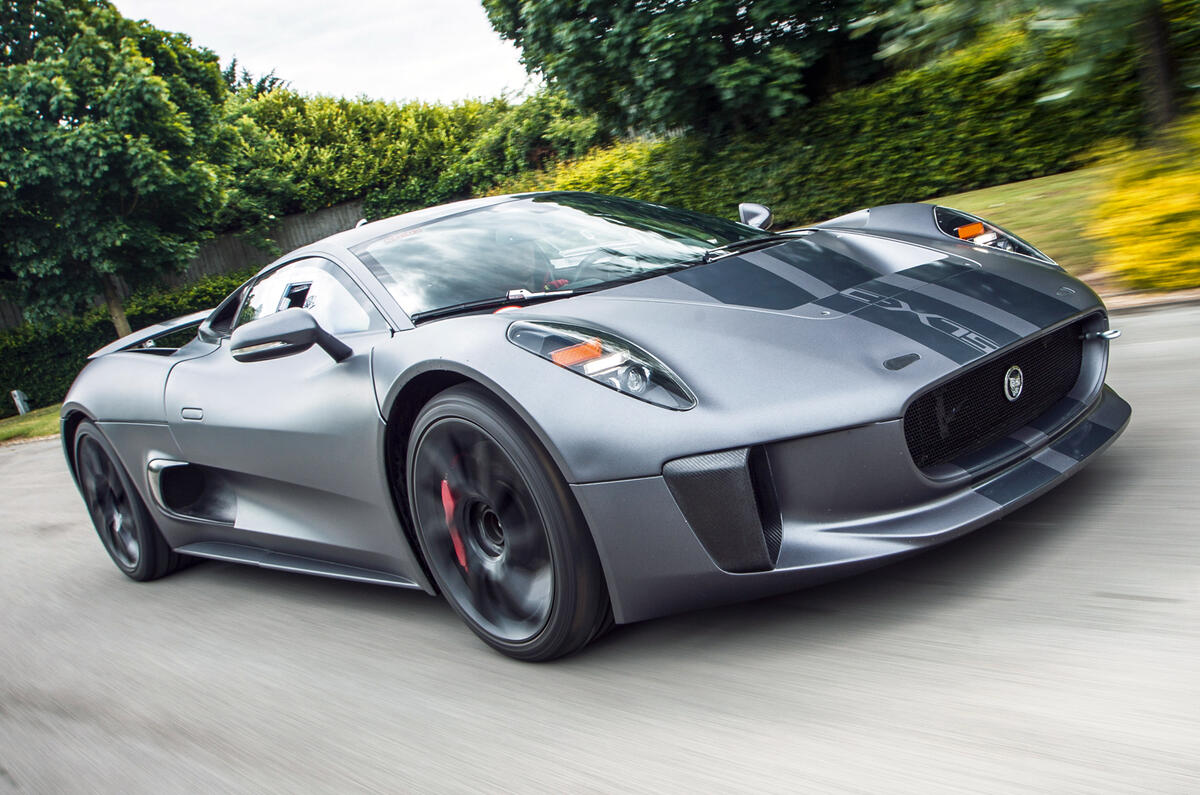



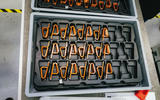


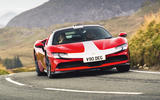
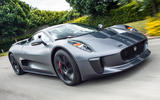






Join the debate
Add your comment
In "Under the Skin" in this week's magazine, it states that the hydrogen fuel cell powered BAC e-Mono will also use axial flux motors (4 of them). Is BAC one of Mercedes "friends" mentioned above, or is there going to be a legal battle over their use?
Good luck! Unfortunately the UK continues under invest in mass production vs ideas. Ideas make a few rich, mass production makes thousands wealthy. It's like when I saw a recent MP talking about investing £25million to set up a new chip factory that sounded a lot to him, when the actual cost is 100 times that amount!